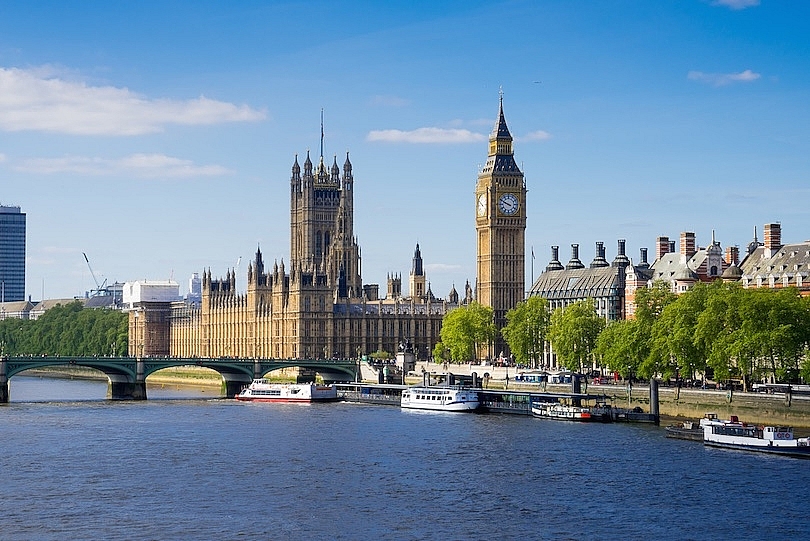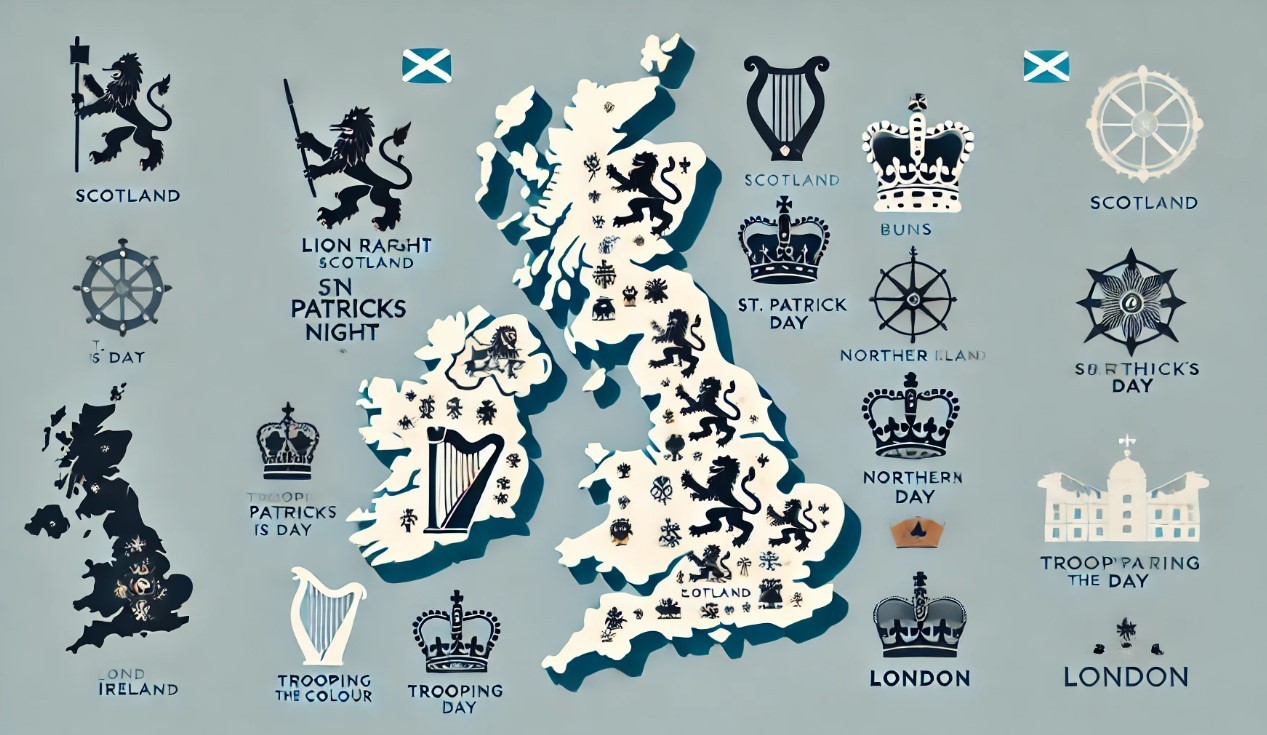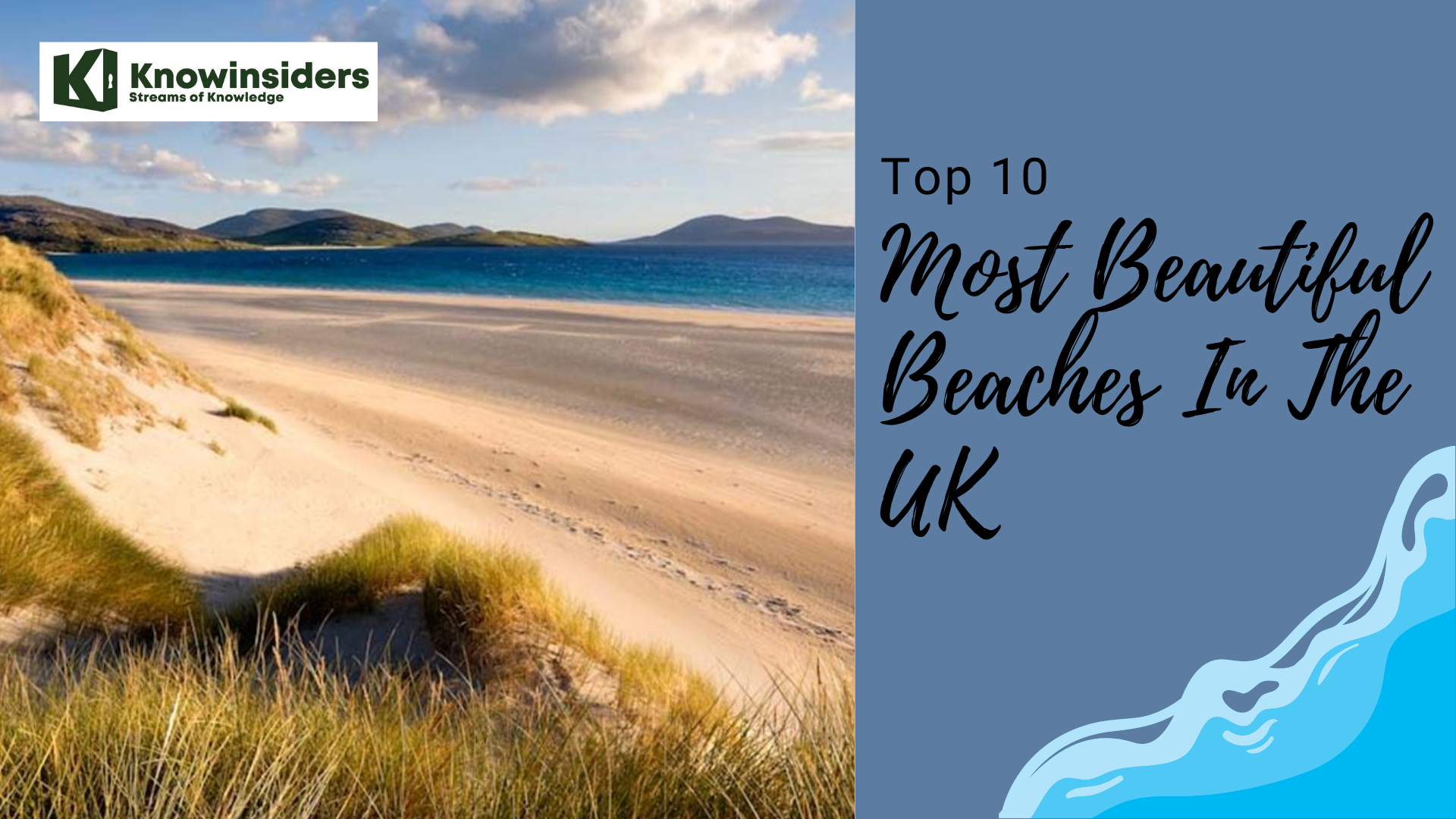Top 10 Most Beautiful Cities in the UK
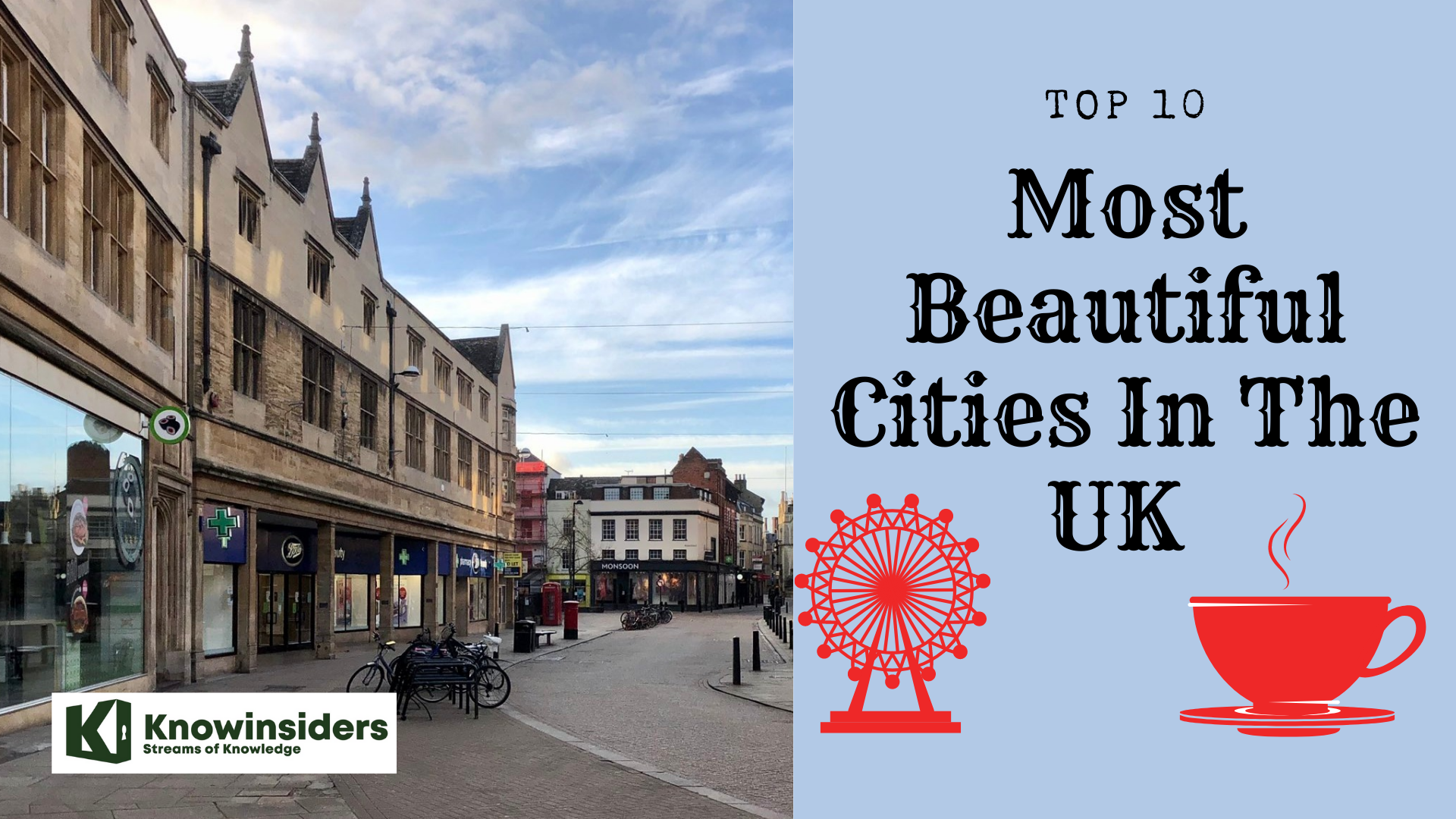 |
| Top 10 most beautiful cities in the UK - Knowinsiders.com |
England is a richly historic country, and one that is packed with fascinating destinations. From the mystery of ancient Stonehenge to the modern architecture along the Thames River, England has a wide range of appeal to visitors from around the world.
There are so many other beautiful cities to visit in the UK, stretching far and wide.
Buckle up for an enlightening adventure across these glorious isles, as we stop by 10 of the UK’s most beautiful cities. Be sure to explore as many of the best cities to visit in England as your itinerary and travel plans will allow.
List of top 10 most beautiful cities in the UK
10 – Bristol
9 – Cardiff
8 – St. Davids
7 – Belfast
6 – Inverness
5 – Edinburgh
4 – York
3 – Manchester
2 – Oxford
1 – Cambridge
Discover the top 10 most beautiful cities in the UK
10 – Bristol
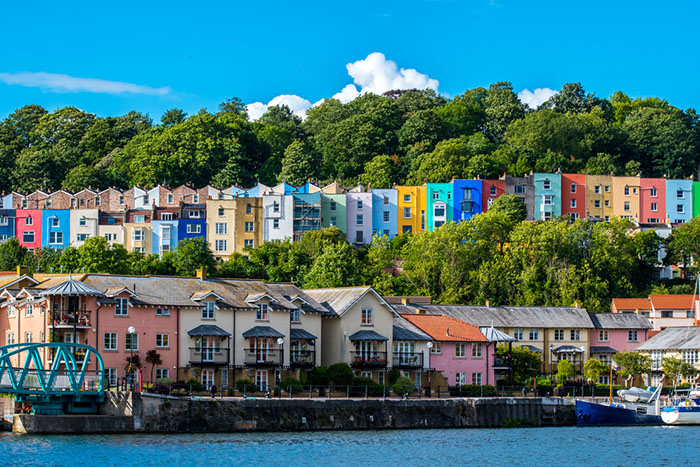 |
| Photo: Getty Images |
Bristol is a city, ceremonial county and unitary authority in England. Situated on the River Avon, it is bordered by the ceremonial counties of Gloucestershire, to the north; and Somerset, to the south. Bristol is the most populous city in South West England. The wider Bristol Built-up Area is the eleventh most populous urban area in the United Kingdom.
In 1155, Bristol was founded, and in the centuries since it has amassed a sizable collection of architectural landmarks, attractions and museums. Start your visit in the Old City, where some of the medieval city walls still stand.
Of particular note is St Nicholas Market, where you can shop for local produce and delicious international fare in a glass-covered historic market. If you’re a fan of culture, don’t miss a show at the historic Old Vic, arguably one of the best-known theaters in all of England.
Iron Age hill forts and Roman villas were built near the confluence of the rivers Frome and Avon, and around the beginning of the 11th century, the settlement was known as Brycgstow (Old English "the place at the bridge"). Bristol received a royal charter in 1155 and was historically divided between Gloucestershire and Somerset until 1373 when it became a county of itself. From the 13th to the 18th century, Bristol was among the top three English cities, after London, in tax receipts; however, it was surpassed by the rapid rise of Birmingham, Manchester and Liverpool in the Industrial Revolution.
Bristol was a starting place for early voyages of exploration to the New World. On a ship out of Bristol in 1497 John Cabot, a Venetian, became the first European to land on mainland North America. In 1499 William Weston, a Bristol merchant, was the first Englishman to lead an exploration to North America. At the height of the Bristol slave trade, from 1700 to 1807, more than 2,000 slave ships carried an estimated 500,000 people from Africa to slavery in the Americas. The Port of Bristol has since moved from Bristol Harbour in the city centre to the Severn Estuary at Avonmouth and Royal Portbury Dock.
9 – Cardiff
 |
| Photo: Expedia |
Cardiff, officially known as the City and County of Cardiff) is the capital city and one of the principal areas of Wales.
There’s plenty of things to do in Cardiff. Enjoy delights and boutiques in the Victorian-era arcades. Visit the grand Cardiff Castle, located in the middle of the city.
And for plenty of live music, shows, and arts, take a trip to Cardiff Bay. This dockland of years gone by is now a hub of sleek, modernist architecture, and beautiful views of the water.
It is Wales' largest city and the eleventh-largest city in the United Kingdom. Cardiff is the county town of the historic county of Glamorgan and in 1974–1996 of South Glamorgan. It belongs to the Eurocities network of the largest European cities. A small town until the early 19th century, its prominence as a port for coal when mining began in the region helped its expansion. In 1905 it was ranked as a city and in 1955 proclaimed capital of Wales. Cardiff Built-up Area covers a larger area outside the county boundary, including the towns of Dinas Powys and Penarth.
Cardiff is the main commercial centre of Wales as well as the base for the Senedd. At the 2011 census, the unitary authority area population was put at 346,090, and the wider urban area at 479,000. In 2011 it ranked sixth in the world in a National Geographic magazine list of alternative tourist destinations. It is the most popular destination in Wales with 21.3 million visitors in 2017.
Cardiff Bay contains the Senedd building (housing the Senedd, the Welsh Parliament) and the Wales Millennium Centre arts complex. Work continues at Cardiff Bay and in the centre, on projects such as Cardiff International Sports Village, BBC drama village, and a new business district.
8 – St. Davids
 |
| Photo: Wikipedia |
St Davids or St David's is a city and a community (named St Davids and the Cathedral Close) with a cathedral in Pembrokeshire, Wales, lying on the River Alun.
Amid the rolling hills of West Wales is the UK’s smallest city, only granted such a title due to the presence of its grand cathedral: St David’s.
This tiny little place of charm and beauty is defined by its stone walls and buildings, lively markets, and decadent greenery.
Awe at the magnificent cathedral. Enjoy afternoon tea in the green gardens of the pubs. And look out over the mesmeric landscape of Wales from atop the hills.
It is the resting place of Saint David, Wales's patron saint, and named after him. St Davids is the United Kingdom's smallest city in population (just over 1,600 in 2011) and urban area (the smallest city by local authority boundary area being the City of London). St Davids was given city status in the 12th century. This does not derive automatically from criteria, but in England and Wales it was traditionally given to cathedral towns under a practice laid down in the early 1540s, when Henry VIII founded dioceses. City status was withdrawn in 1886. It was restored in 1994 at the request of Queen Elizabeth II.
7 – Belfast
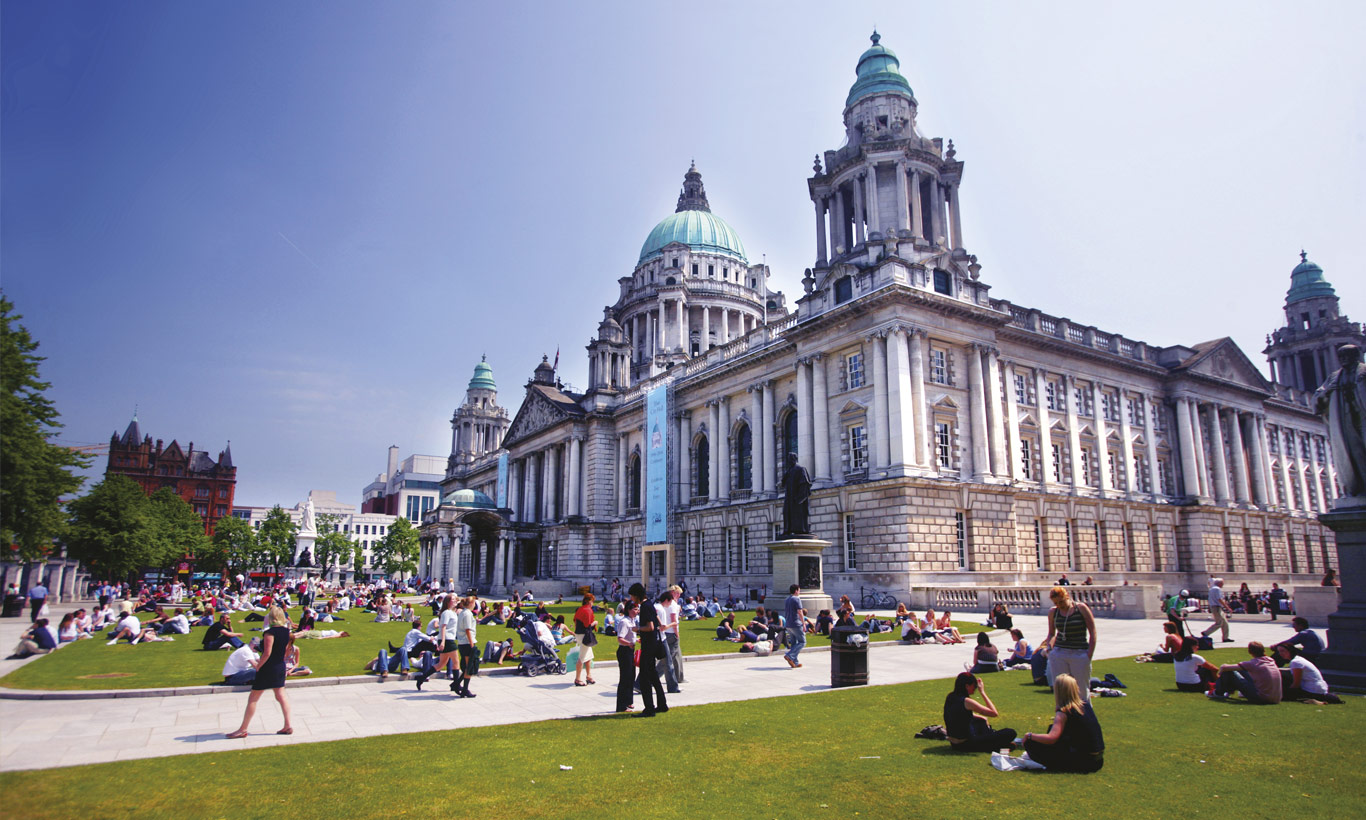 |
| Photo: Getty Images |
Belfast, Irish Béal Feirste, city, district, and capital of Northern Ireland, on the River Lagan, at its entrance to Belfast Lough (inlet of the sea). It became a city by royal charter in 1888. After the passing of the Government of Ireland Act, 1920, it became the seat of the government of Northern Ireland. The district of Belfast has an area of 44 square miles (115 square km).
The city is the shopping, retail, educational, commercial, entertainment, and service centre for Northern Ireland and the seat of many of its largest businesses and hospitals. Educational institutions in Belfast include Queen’s University at Belfast (founded in 1845 as the Queen’s College), the University of Ulster at Belfast (1849), and Union Theological College (1853). Tourist attractions include the Grand Opera House, Donegall Square, Crown Liquor Saloon, Ulster Museum, Botanic Gardens, Belfast Zoo, and Titanic Belfast, a museum inaugurated in 2012 to commemorate the centenary of the sinking of the famous ship. Buildings and walls throughout the city are adorned with murals that reflect the city’s social, cultural, and political traditions and history. From the city’s airport at Aldergrove, 13 miles (21 km) northwest, services are maintained with some principal international cities.
Belfast is Northern Ireland’s chief port, and there are ferry services to Liverpool in England, Stranraer in Scotland, and Douglas on the Isle of Man. Belfast suffered a pronounced population decline during the 1970s and ’80s as a result of the sectarian violence and a loss of manufacturing jobs; however, its population began to stabilize during the 1990s.
| Standing proudly on the River Lagon’s sweeping banks, Belfast has green parks, plenty of bars and restaurants, and a glorious mix of Georgian architecture and modernist buildings. Splendor at the beauty of Belfast Castle. Learn about Irish history to the Titanic in one of the city’s many museums. Or see the sights from a boat on the shimmering waters of the Lagon. |
6 – Inverness
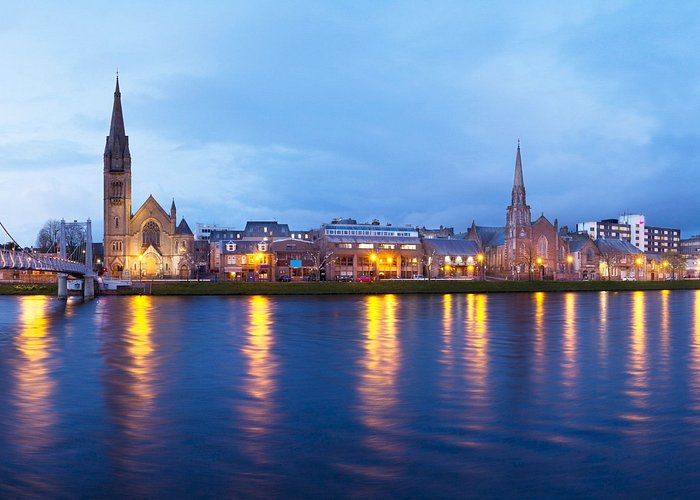 |
| Photo: TripAdvisor |
Deep into the Scottish Highlands, you’ll find the idyllic cathedral city of Inverness. This delightful, green place is one of Scotland’s gems. Take a boat out on the river, and sail through scenic spots like the Ness Islands. Awe at grand buildings like Inverness Castle and St Andrew’s Cathedral.
If you’re really feeling adventurous, take a guided tour out onto Loch Ness, and see if you can spot the fabled Loch Ness Monster lurking beneath the surface!
Inverness from the Scottish Gaelic: Inbhir Nis [iɲɪɾʲˈniʃ], meaning "Mouth of the River Ness"; Scots: Innerness) is a city in the Scottish Highlands.
Historically it served as the county town of the county of Inverness-shire. Inverness lies near two important battle sites: the 11th-century battle of Blàr nam Fèinne against Norway which took place on the Aird, and the 18th century Battle of Culloden which took place on Culloden Moor. It is the northernmost city in the United Kingdom and lies within the Great Glen (Gleann Mòr) at its northeastern extremity where the River Ness enters the Beauly Firth. At the latest, a settlement was established by the 6th century with the first royal charter being granted by Dabíd mac Maíl Choluim (King David I) in the 12th century.
The Gaelic king Mac Bethad Mac Findláich (MacBeth) whose 11th-century killing of King Duncan was immortalised in Shakespeare's largely fictionalised play Macbeth, held a castle within the city where he ruled as Mormaer of Moray and Ross. Inverness and Inverness-shire are closely linked to the Clan MacKenzie.
5 – Edinburgh
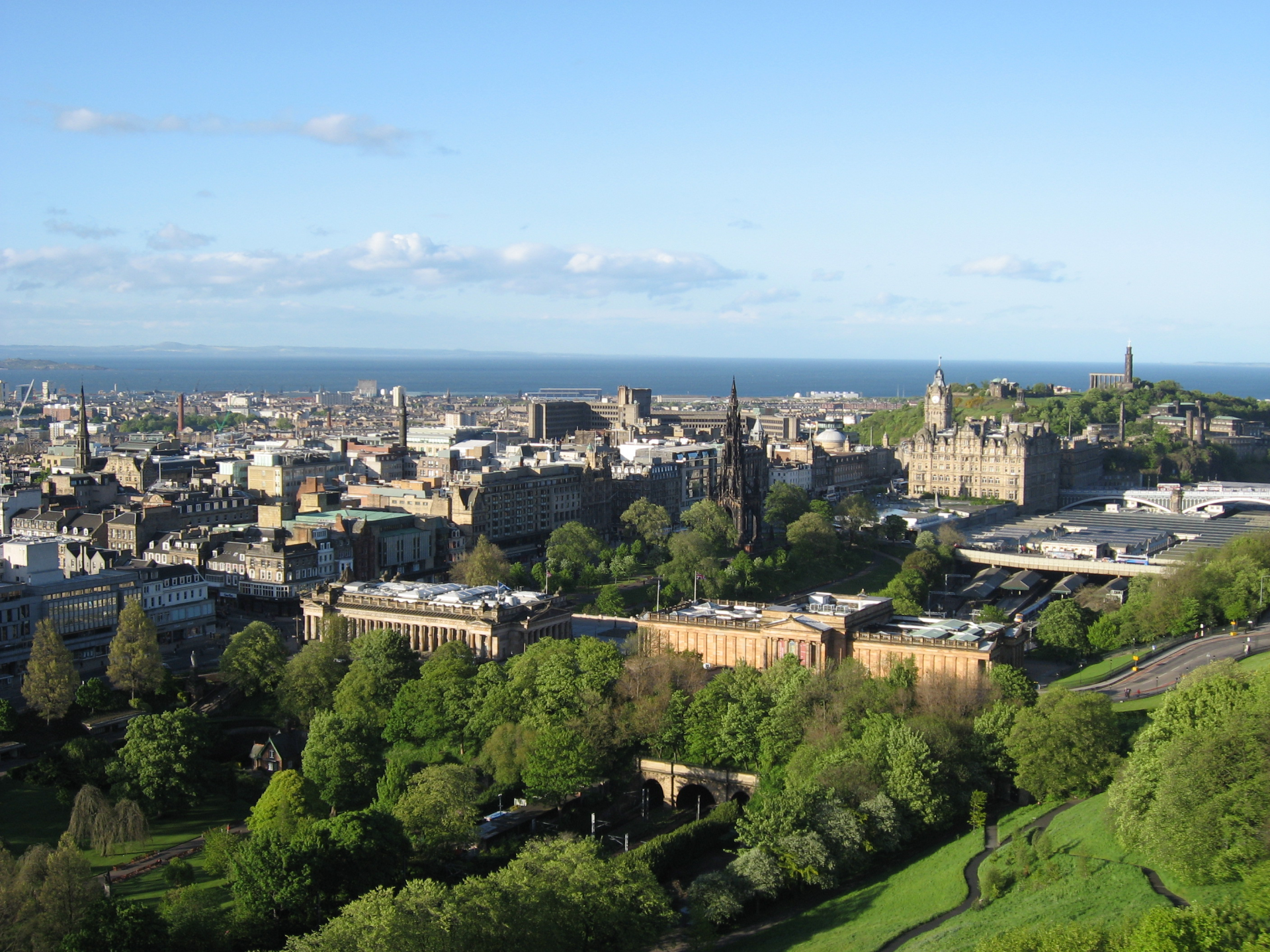 |
| Photo: Wikipedia |
Edinburgh is the capital city of Scotland and one of its 32 council areas. Historically part of the county of Midlothian (interchangeably Edinburghshire before 1921), it is located in Lothian on the southern shore of the Firth of Forth. Edinburgh is Scotland's second-most populous city and the seventh-most populous city in the United Kingdom.
Recognised as the capital of Scotland since at least the 15th century, Edinburgh is the seat of the Scottish Government, the Scottish Parliament and the highest courts in Scotland. The city's Palace of Holyroodhouse is the official residence of the monarch in Scotland.
The city has long been a centre of education, particularly in the fields of medicine, Scots law, literature, philosophy, the sciences and engineering. It is the second-largest financial centre in the United Kingdom, and the city's historical and cultural attractions have made it the UK's second-most visited tourist destination attracting 4.9 million visits, including 2.4 million from overseas in 2018.
| Scotland’s beloved capital city is a breathtaking mix of Gothic buildings, with a modernist twist. There’s so much art, beauty, and scenery to take in. Uncover dainty stores and bustling markets as you wander through winding streets. Marvel and enjoy jaw-dropping landmarks, like Edinburgh Castle and the Palace of Holyroodhouse. And if possible, visit in the British summer, when Edinburgh hosts the largest arts festival in the world: Edinburgh Fringe Festival. |
4 – York
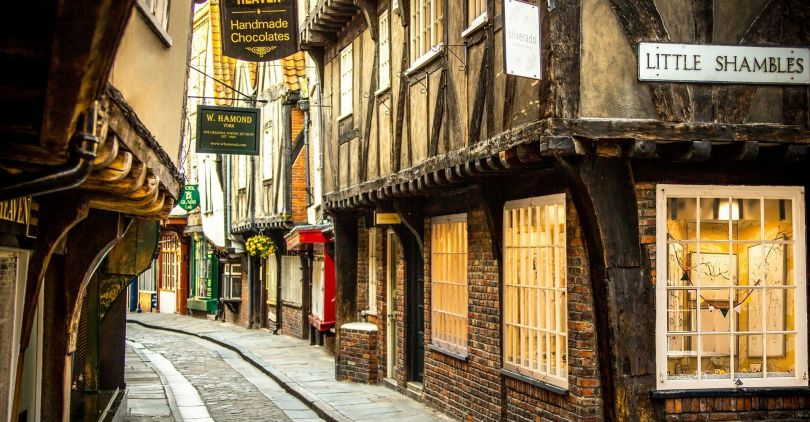 |
| Photo: VisitBritain |
York is a cathedral city and unitary authority area, at the confluence of the rivers Ouse and Foss, in England. The city has long-standing buildings and structures, such as a minster, castle and ancient city walls.
The city of York is a truly ancient destination, and it boasts an impressive collection of architectural remains that date to Roman, medieval and even viking times. A tour of the many ruins is a great way to experience the history of York, and one of the top tourist attractions is the York Minster, a cathedral whose origins date to the eighth century.
It is the head city of historic Yorkshire and was a county corporate, outside of the county's council and the ridings. City of York Council is a unitary authority responsible for providing all local services and facilities throughout the city and rural areas around the outside of the old city boundaries. The city is in ceremonial North Yorkshire and a non-constituent member of the Leeds city region.
The city was founded by the Romans as Eboracum in 71 AD. It became the capital of the Roman province of Britannia Inferior, and later of the kingdoms of Deira, Northumbria and Jórvík. In the Middle Ages, York grew as a major wool trading centre and became the capital of the northern ecclesiastical province of the Church of England, a role it has retained. In the 19th century, York became a major hub of the railway network and a confectionery manufacturing centre, a status it maintained well into the 20th century. During the Second World War, York was bombed as part of the Baedeker Blitz. Although less affected by bombing than other northern cities, several historic buildings were gutted and restoration efforts continued into the 1960s.
3 – Manchester
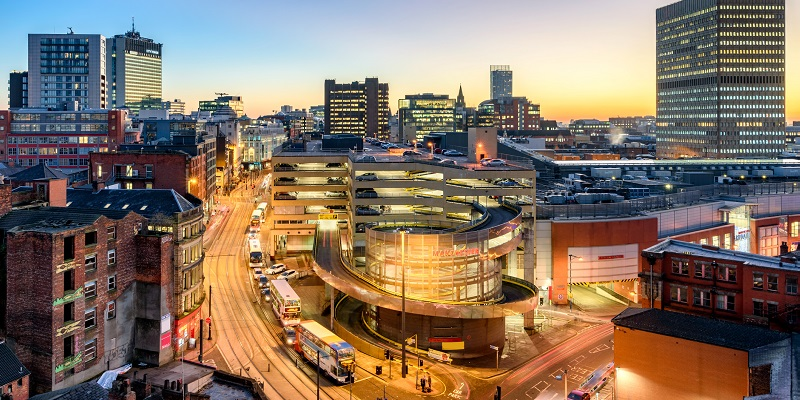 |
| Photo: Getty Images |
Manchester is one of the biggest cities in England, and it is sometimes known as the Capital of the North. While certainly not as large or as busy as London, Manchester does give the capital city a good run for its money.
Architecture fans may want to check out the impressive Manchester Cathedral, located in the Millennium Quarter, which also boasts a visitor’s center and guided tours. For some international cuisine, head to Manchester’s Chinatown and dig into some tasty Cantonese and Mandarin fare.
Manchester is a city and metropolitan borough in Greater Manchester, England. The city has the country's fifth-largest population at 547,627 (as of 2018) and lies within the United Kingdom's second-most populous urban area, with a population of 2.7 million, third most-populous county, at around 2.8 million, and third-most populous metropolitan area, with a population of 3.3 million.
The recorded history of Manchester began with the civilian settlement associated with the Roman fort of Mamucium or Mancunium, which was established in about AD 79 on a sandstone bluff near the confluence of the rivers Medlock and Irwell. Although historically and traditionally a part of Lancashire, areas of Cheshire south of the River Mersey were incorporated into Manchester in the 20th century. The first to be included, Wythenshawe, was added to the city in 1931. Throughout the Middle Ages Manchester remained a manorial township, but began to expand "at an astonishing rate" around the turn of the 19th century. Manchester's unplanned urbanisation was brought on by a boom in textile manufacture during the Industrial Revolution, and resulted in it becoming the world's first industrialised city.
Manchester achieved city status in 1853. The Manchester Ship Canal opened in 1894, creating the Port of Manchester and directly linking the city to the Irish Sea, 36 miles (58 km) to the west. Its fortune declined after the Second World War, owing to deindustrialisation, but the IRA bombing in 1996 led to extensive investment and regeneration. Following successful redevelopment after the IRA bombing, Manchester was the host city for the 2002 Commonwealth Games.
2 – Oxford
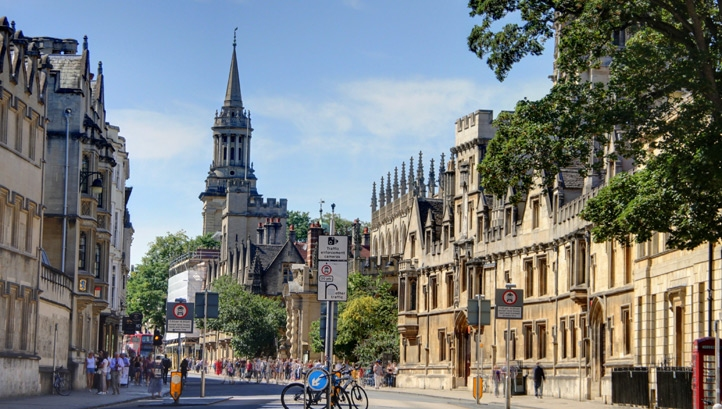 |
| Photo: Edi.net |
Oxford is a city in England. It is the county town and only city of Oxfordshire. In 2017, its population was estimated at 152,450. It is 56 miles (90 km) northwest of London, 64 miles (103 km) southeast of Birmingham, and 61 miles (98 km) northeast of Bristol.
The city is home to the University of Oxford, the oldest university in the English-speaking world, and has buildings in every style of English architecture from late Anglo-Saxon. Oxford's industries include motor manufacturing, education, publishing, information technology and science.
Since Oxford University was established in the 12th century, however, its provenance dates even further back, making it the oldest English-speaking campus in the world.
If you only get the chance to see one building in Oxford, make it the breathtaking Bodleian Library. Established in 1601, the library is home to more than 11 million volumes. Film buffs will appreciate that it has served as the backdrop for countless movies, including several from the Harry Potter series.
1 – Cambridge
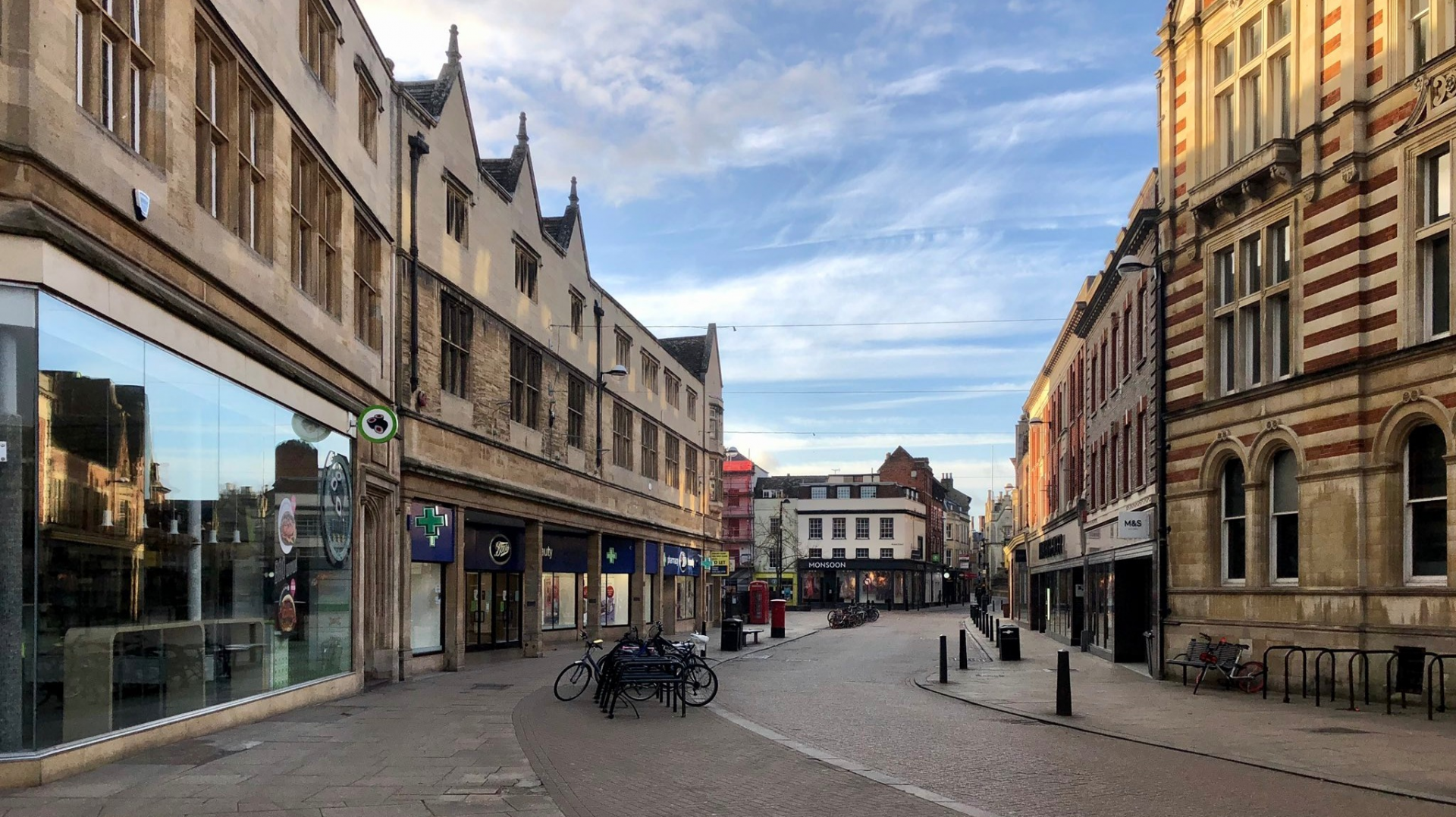 |
| Photo: ITV |
Cambridge, city (district), administrative and historic county of Cambridgeshire, England, home of the internationally known University of Cambridge. The city lies immediately south of the Fens country (a flat alluvial region only slightly above sea level) and is itself only 20 to 80 feet (6 to 24 metres) above sea level. Most of the city is built on the east bank of the River Cam, a tributary of the Ouse. Suburbs extend across the river, but modern development to the west has been largely restricted to university expansion.
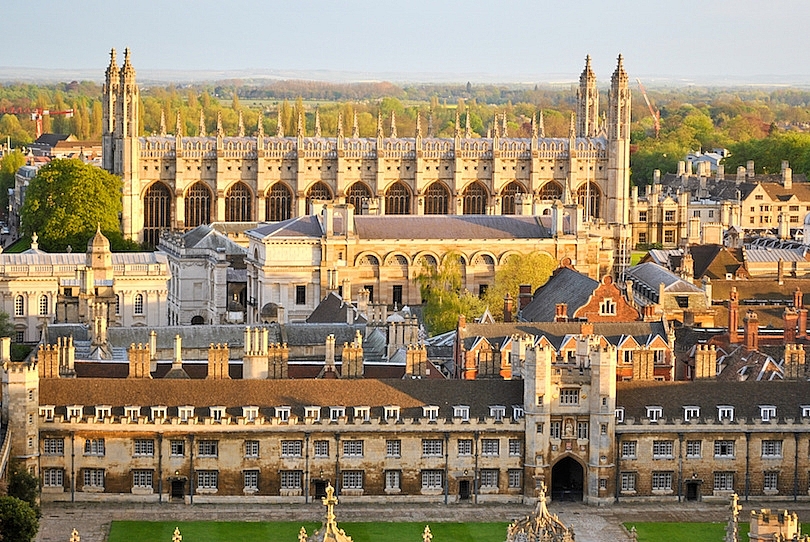 |
| There is no question that the main attraction in the city of Cambridge is the University of Cambridge, a campus with hundreds of years of history. The university is made up of several colleges, some of the most famous of which include King’s College, Queen’s College and Trinity College. |
Originally a fording place, Cambridge possesses earthworks, including Castle Hill, and Roman remains. Later there was another settlement at Market Hill. Two monastic foundations date from the 11th and 12th centuries, respectively—Barnwell Priory and a Benedictine nunnery, replaced in 1496 by Jesus College.
Cambridge received its first charter in 1207; the uninterrupted existence of public officers in the city since the Middle Ages is noteworthy. It also has an interesting guild history, Corpus Christi College having been founded by guilds in 1352.
LondonLondon is the center of politics, finance, shopping and culture in England, and remains the best city to visit in England.
It is hard to pin down just one must-see attraction in London, but first-time visitors might want to make Westminster a priority. Westminster is home to Downing Street, the residence of the Prime Minister, as well as the Houses of Parliament and the famed Westminster Abbey. Also in Westminster, and perhaps one of the best-known structures in the world, is Buckingham Palace. Wander the snaking banks of the River Thames, encountering some of London’s iconic landmarks. Tower Bridge, the London Eye, and Big Ben are just three of many that await. Awe at the towering modern buildings. Soak up the bustle and energy of the markets. And stand outside the decadent gates of Buckingham Palace to watch the changing of the guard. |
 Top 10 Most Handsome British Men In 2021 Top 10 Most Handsome British Men In 2021 Top 10 most handsome British men have a lot of famous actors. Check out our list! |
 Top 10 Most Beautiful Places in Afghanistan Top 10 Most Beautiful Places in Afghanistan Taliban takes control of Kabul's presidential palace and Afghanistan. Would you like to visit the Top 10 Most Beautiful Places in this country? |
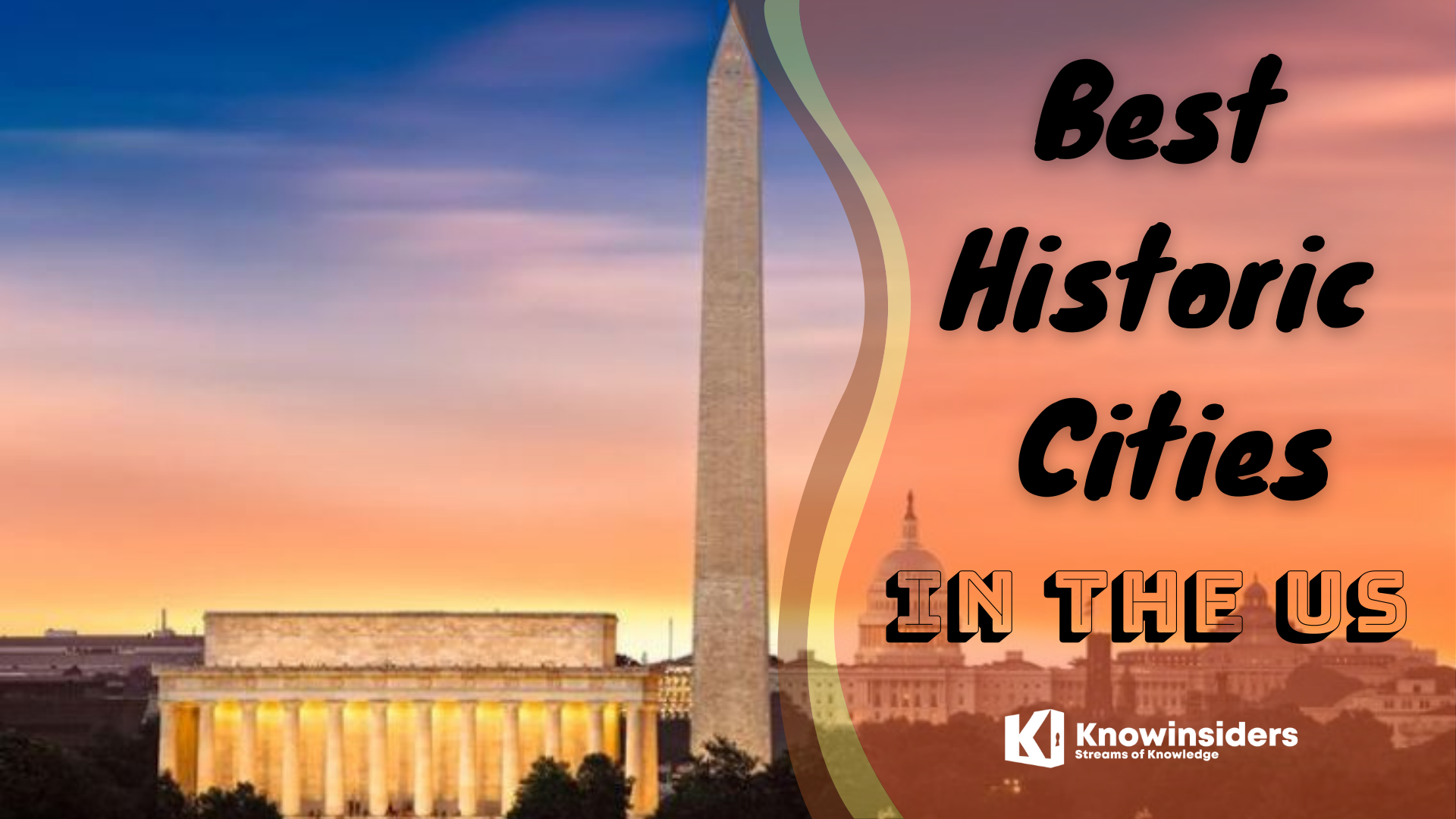 Top 10 Most Historical Cities In The US Top 10 Most Historical Cities In The US For those who love discovering a new place through its past, here is the list of the top 10 best historic cities in the US. |
 Top 10 Most Romantic Movies on Netflix Top 10 Most Romantic Movies on Netflix Best romantic movies streaming on Netflix right now which will put you in the mood for love! Worth watching romantic movies of all time. |

